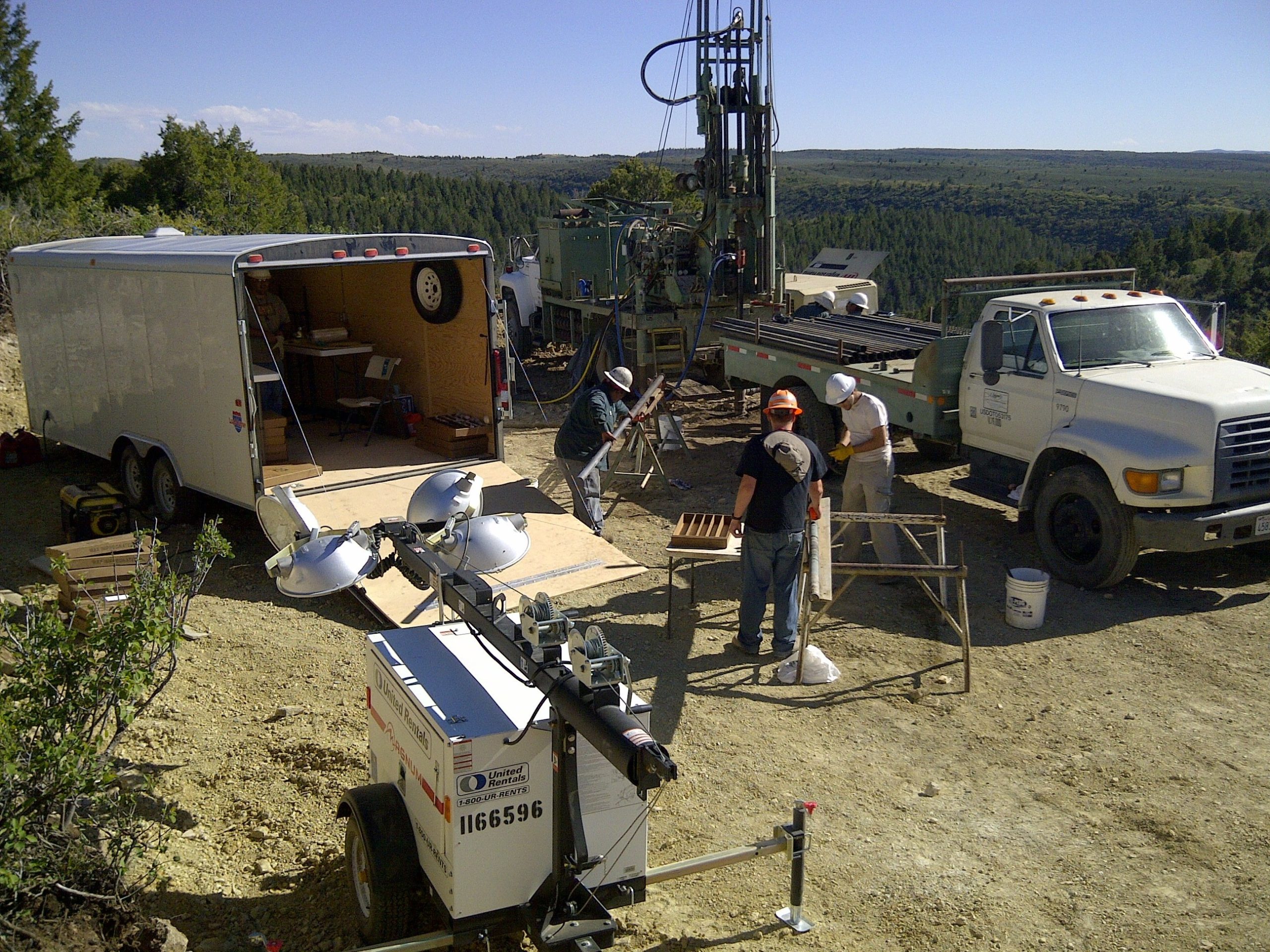Some information may be outdated.
U.S. Oil Sands of Calgary, which is developing an open-pit mine near the Grand and Uintah county lines about 70 miles northeast of Moab, is asking its shareholders’ permission to withdraw from the Toronto Stock Exchange.
The company needs consent from a majority of disinterested shareholders to voluntarily delist from the exchange – one of the world’s largest – in order to proceed with a combined $5 million loan from the company’s largest shareholder, ACMO S.à R.L.
If secured, the loan would fund the remaining PR Spring Project start-up costs and provide working capital for the company, according to a U.S. Oil Sands press release.
However, under the terms of the proposal, Luxembourg-registered ACMO, which currently holds 31 percent of shares, would in effect be able to control 90 percent of shares within its 10-year maturity loan period.
When asked about the situation, U.S. Oil Sands CEO Cameron Todd said, “As the transactions contemplated are, at this time, in consideration by shareholders and the other involved parties, the company is not able to make any comment until further notice.”
U.S. Oil Sands leases just over 32,000 acres of bitumen extraction rights on Utah School and Institutional Trust Lands Administration (SITLA) property in the Book Cliffs, including the PR Spring area, which consists of 5,930 contiguous acres. However, the company has not yet launched commercial production at the site.
According to a June 13 U.S. Oil Sands press release, “(This) past week for the first time, the Company introduced oil sands into the PR Spring extraction plant, as (a) damaged decanting centrifuge has been repaired, replaced and tested. The plant is now in the final stage of start-up and working through normal start-up issues and challenges.”
The company’s stock is currently trading at 25 Canadian cents per share, down significantly from nearly $10 Canadian dollars a share in years past. Without the loan security from ACMO, the company could potentially fall victim to insolvency.
“If a majority of disinterested shareholders do not provide their consent in a timely manner, the Board will likely approve seeking creditor protection as management and the Board of Directors believe that the Company has exhausted all other financing alternatives,” U.S. Oil Sands said in its June 13 press release.
According to an earlier press release on its first-quarter operating results, U.S. Oil Sands was operating with a working capital deficit of $10.9 million.
The company said that additional capital is needed to fund additional costs that may arise during start-up activities at the PR Spring Mine. Extra funding will also help cover operating losses until it reaches positive cash flows from its operations, discharges its current financial liabilities and addresses shortfalls in its cash flow, it said.
Michael Hogue, a senior research statistician at the University of Utah’s Kem C. Gardner Policy Institute, said he has not studied the particular situation with U.S. Oil Sands. But he did work with a team that evaluated the break-even point of oil for a generic ex-situ, or surface, oil sands operation at Asphalt Ridge near the U.S. Oil Sands site.
“That study found that the break-even price of oil for such an operation is between $77 and $124 per barrel, depending on the rate of return an investor would expect based on a project with this risk profile,” Hogue said. “The current price of oil is around $43 per barrel.”
Last week, Denver-based Oil and Gas 360 reported a widespread drop in reserves around the world as oil sands projects struggle with the drop in oil prices.
“The $5.4 billion decrease in reserves was in large part concentrated in a few companies that have operations in the Canadian oil sands,” Oil and Gas 360 reported. “Investment in oil sands activity has declined sharply in recent years, from $34 billion in 2014 to a predicted $15 billion in 2017.”
Living Rivers Conservation Director John Weisheit questions the economic integrity of the operation.
Weisheit told the Moab Sun News that he believes the company is focused on marketing its proprietary oil sands extraction process, which uses a biodegradable, citrus-based solvent to separate oil from sands.
According to the company, it has “developed a proprietary process which uses a biodegradable, non-toxic solvent derived from citrus fruit to economically and environmentally extract bitumen from mined oil sands without the need for tailings ponds.”
Weisheit said that the environmental impacts of the project are significant.
“They are carbon-emission intensive,” he said. “Their strip mining is destroying the near-surface aquifers that support springs and groundwater saturation that supports the vegetation and forest canopy.”
The company claims that its methods use a 90 to 95 percent smaller surface footprint than traditional oil sands mining projects and allow for instant land reclamation. Additionally, 95 percent of the water used in its proprietary process is immediately recycled and reused, it says.
Move comes as company seeks loan to fill $10.9 million deficit
Appreciate the coverage? Help keep local news alive.
Chip in to support the Moab Sun News.





